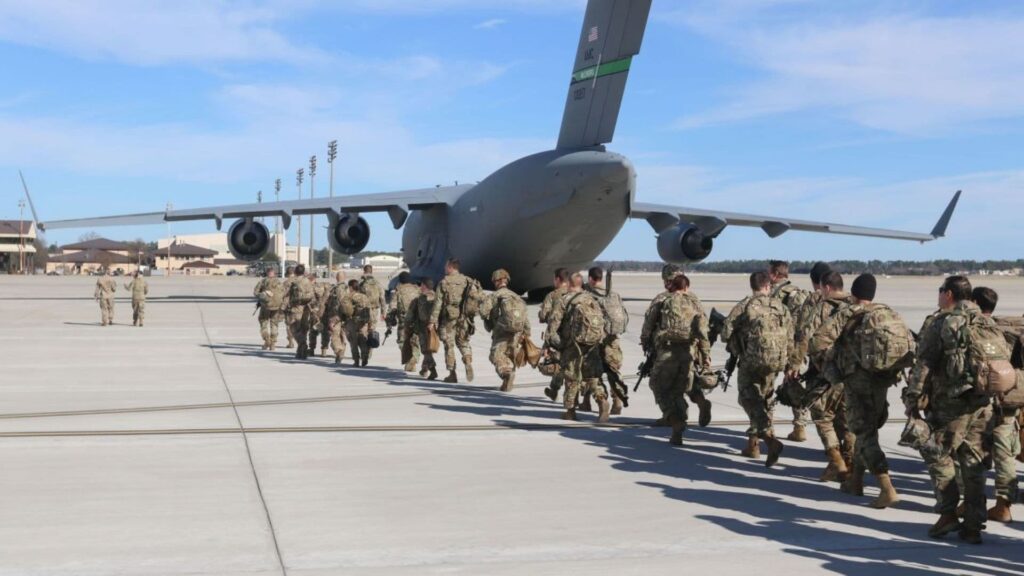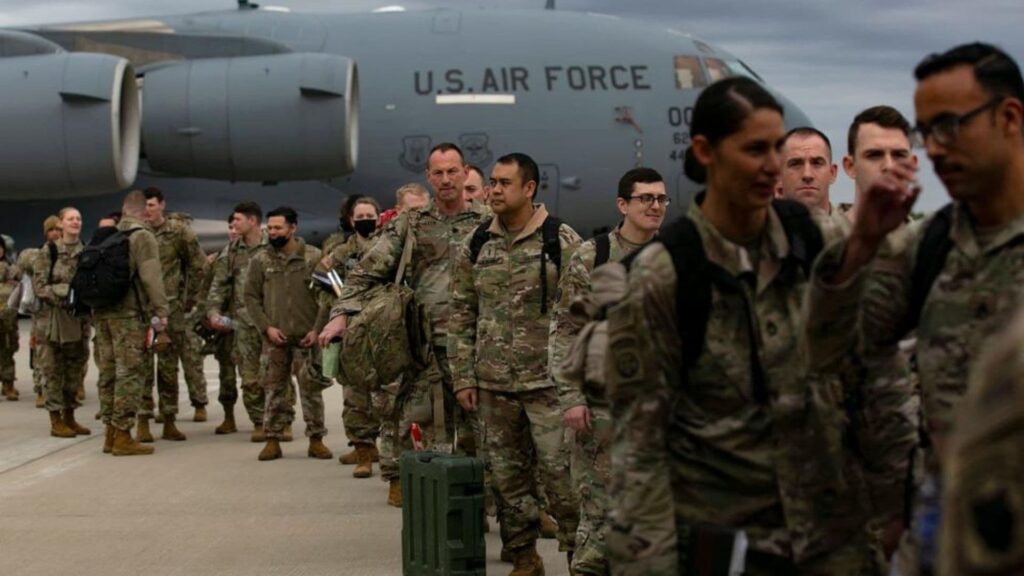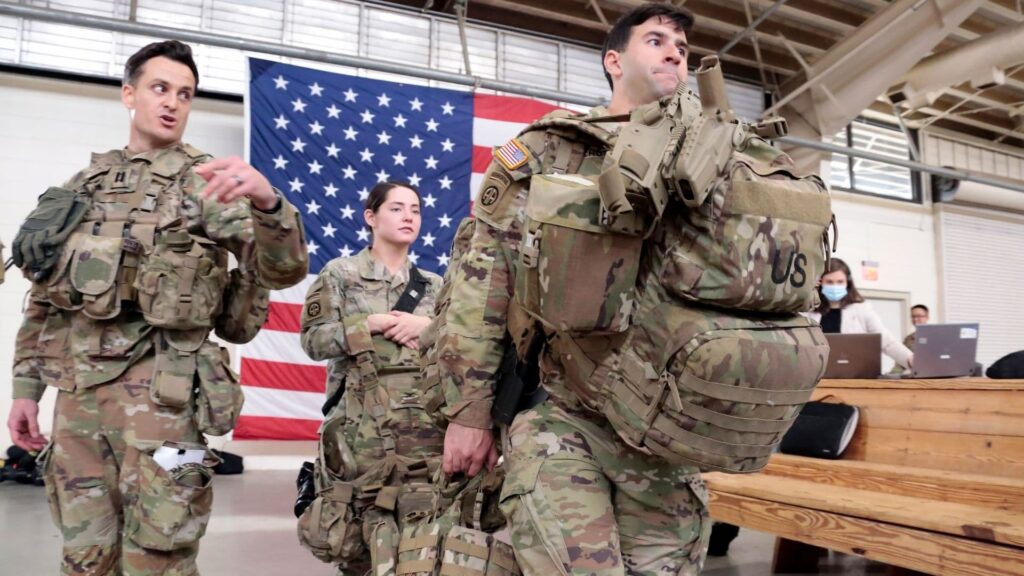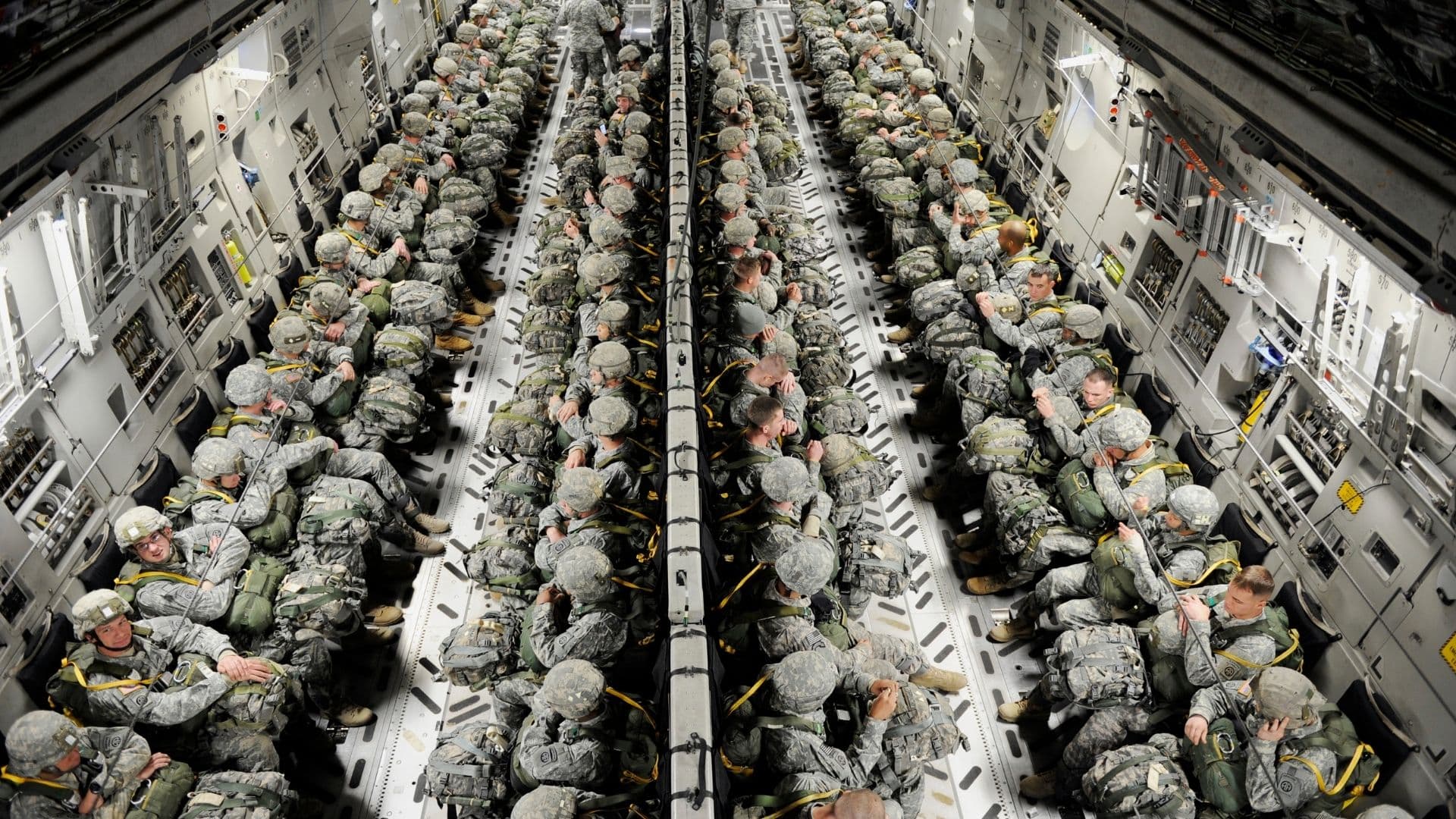Deployment is a busy time for service members. It includes predeployment training, briefings, additional training, and medical evaluations. In popular culture, deployment is often associated with combat situations. However, not all deployments involve fighting. Even those not involving physical combat are intense for service members and their families.
Deployment is when a service member is away from home for long periods of time. It’s a part of military life that comes with the territory for any active-duty servicemember, and it can mean different things to different people. For some, it’s a seven-month stint on a ship or 12 months at a forward operating base in a town with restaurants and shops that remind them of home. For others, it’s a combat tour in an overseas warzone. Whatever the case may be, deployment is a big transition for anyone involved, especially if they have kids.
Military deployments can happen quickly, and they involve a lot of logistics to get the job done. The deployment cycle has three major phases: warning orders, notices to deploy, and convoy movements. Each has its own process that includes planning, training, health tests, and other premovement activities. The warning order and notice to deploy typically come with specifics about the type of unit that’s deploying, the destination, and the dates for the movement phase.
Convoy movements include the physical departure from the military installation to the theater of operations, which could be anywhere in the world or within the United States. They also include the performance of military duties at their destination and preparations for redeployment back to the home installation. Before deployment, it’s a good idea to talk to your spouse or power of attorney grantee about how you want financial items handled while you’re away. You’ll also want to update your auto insurance policy and set aside money for emergencies.

How Long is Military Deployment?
As an active military member, you’re trained to deploy as needed for your service branch’s mission. It’s part of the territory, whether participating in a humanitarian effort or being on the front lines during war. Deployments may last days, weeks, or months. As a result, it’s important to make sure your family is financially prepared before deployment begins.
You can find a variety of online resources on Military OneSource that you can use to prepare for a deployment. The site has information about benefits and links to organizations that specialize in helping military families deal with the stress of separation and deployment.
While your service member is deployed, it’s a good idea to review your family budget and discuss how monthly bills will be paid. You should also ensure all important documents are in a safe place and that your spouse or power of attorney can access them. It’s also helpful to talk about your finances with a financial counselor at the installation, which is free for military members and their families.
The deployment phase of a cycle starts when units physically leave their home installations and move to the theater of operations, whether overseas or within the United States. This is usually accompanied by months of predeployment training, and some branches of the military have special programs to help prepare for specific kinds of jobs, such as submarine crews.

How Often Do You Deploy in the Military?
When a soldier (sailor, airman, or marine) is deployed, they’ve been sent somewhere on an assignment. Deployments can be for war or peace missions, depending on what the military needs at the time.
Soldiers may be deployed individually or in groups and will often train at large training centers before they leave for their theater of operations. Generally, the deployment process includes months of preparation at their home base and then specialized training at specific locations.
While it is impossible to predict a service member’s deployment schedule, on average, Air Force personnel have the lowest number of multiple deployments, while Army and Marine Corps service members tend to have higher numbers of multiple deployments, especially during heavy combat times of previous wars. Reserve and National Guard members also have lower numbers of multiple deployments than regular service members.
The deployment cycle can be challenging for service members and their families. Service members and their family need to have the resources they need to cope with this challenge. This includes having access to information and support through the Plan My Deployment website, Military OneSource, and various other organizations that offer information specifically for military families. In addition, the U.S. Bank Mobile App offers automatic savings deposits based on time-bound goals, so service members can continue to pursue financial goals even while away from their home base.

Is Deployment Only For War?
Deployment has come to mean more than just activities involved in moving military units from home to a designated destination. Military deployments can be for peacekeeping missions, citizen evacuations, joint training exercises, and bolstering security at U.S. high commissions and embassies abroad.
Most deployments are not combative but help keep our citizens safe and secure from foreign threats. However, the United States should more carefully weigh the multi-layered impacts of a military presence around the world and how it may affect citizens’ threat perceptions.
During the warning order phase, outside agencies can focus on maintaining standard liaisons with the military and keeping their transportation, public safety, and emergency services operations plans up to date. During the convoy movement phase, agencies should be ready to respond as directed through local and state procedure.
When it comes to family readiness, most military installations host a predeployment briefing for service members and their families. Attending these sessions is highly encouraged as they provide important information on how to prepare, what to expect, and resources available to them during the deployment cycle.
Another important item to review is a power of attorney (POA). A POA allows you to act on behalf of a deployed service member should the need arise, like accessing their accounts or signing documents. You should also be familiar with the Servicemembers Civil Relief Act (SCRA). This law helps protect servicemembers and their families by lowering interest rates, allowing them to break a lease or delay foreclosures when they are deployed.
